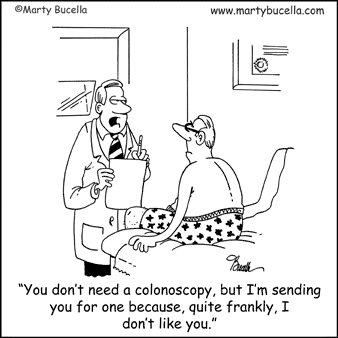The Body Optic - Molecular Probes Save Lives
Arlene Smith, Ph.D.
Not only is the wavelength of light important, so is the tool used to carry out the imaging. My role is in the development of high-resolution imaging devices, from bench-top design and testing to miniaturization of the instrument as a clinical prototype. The device needs to be small, with high resolution and field of view. The molecular probe is characterized and validated in small animal models using high-resolution instruments, including confocal and multi-photon endomicroscopes. To give you an idea of dimensions, the instrument channel of a commercial endoscope is less than 4mm in diameter.
The fundamental aim is to translate this technology to the clinic, where it can be used for early detection and image-guided therapy in the digestive tract.
It is a privilege to work on projects where basic optics concepts are used to solve real-world problems. In my view, translational research is a rewarding pursuit. It also gives me a sense of the processes involved in prototype development and testing - a step closer to industry than the more traditional postdoctoral academic training.
At AIO 2014, on Tuesday at 3pm, the ‘Trip the Light Body Fantastic’ session will focus on optics for biophotonics and biomedicine.

